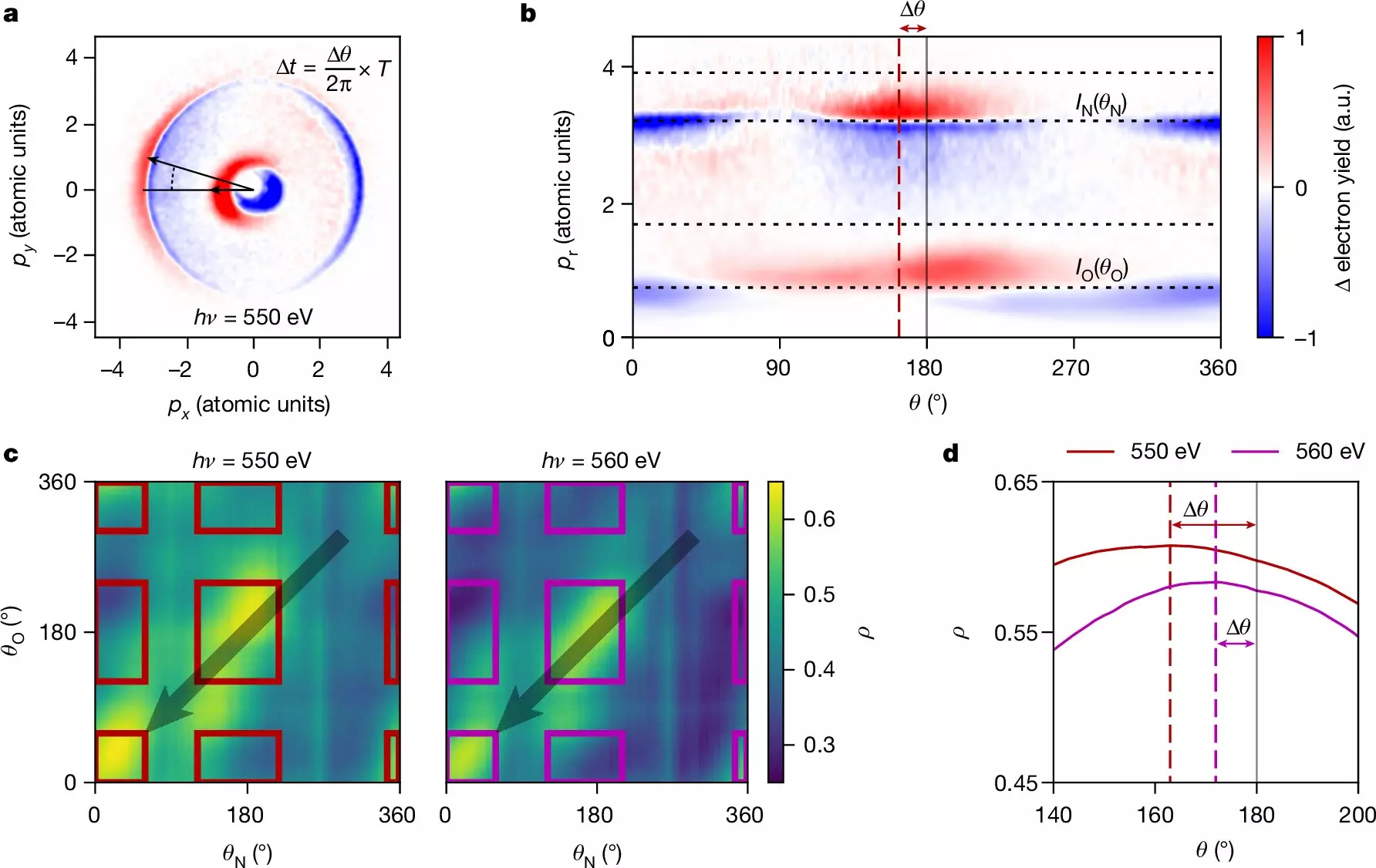The Department of Energy’s SLAC National Accelerator Laboratory recently made significant progress in the study of the photoelectric effect, originally described by Einstein. This groundbreaking research sheds new light on electron-electron interactions and has the potential to impact various technologies, such as semiconductors and solar cells. The team’s findings, published in the journal Nature, have unveiled a wealth of information about the dynamics of electron behavior.
The photoelectric effect, also known as photoionization, occurs when an atom or molecule absorbs a photon of light and emits an electron. Einstein’s groundbreaking work on this phenomenon laid the groundwork for quantum mechanics. However, the instantaneous nature of the photoelectric effect has been a subject of extensive study and debate in the scientific community.
The team at SLAC utilized attosecond X-ray pulses from the Linac Coherent Light Source (LCLS) to ionize core-level electrons. By ejecting electrons from the molecules under study and using a separate laser pulse to measure the “photoemission delay,” researchers were able to determine the time between photon absorption and electron emission. These time delays, which can reach up to 700 attoseconds, were larger than previously predicted, challenging existing theoretical models.
The measurement of these delays offers valuable insights into electron dynamics and opens up new avenues for understanding molecular behavior. The role of electron interactions in the delay process was also a significant finding, demonstrating the complex nature of electron behavior. This research has far-reaching implications for fields such as protein crystallography and medical imaging, where X-ray interactions play a crucial role.
The study conducted by the SLAC team is just the beginning of a series of experiments aimed at delving deeper into electron dynamics in various molecular systems. Other research groups have already begun using similar techniques to study more complex molecules, unveiling new aspects of electron behavior and molecular structure. The flexibility of LCLS as a research tool allows for the exploration of a wide range of energies and molecular systems, making it a powerful tool for future research in this field.
The recent discoveries in photoelectric effect research represent a significant advancement in our understanding of electron behavior. The work conducted by the team at SLAC has not only challenged existing theoretical models but has also opened up new possibilities for future research in this field. The implications of this research extend beyond fundamental science, with potential applications in various technological fields. The study of electron dynamics is a complex and evolving field, and the recent breakthroughs mark an exciting new chapter in this area of research.


Leave a Reply